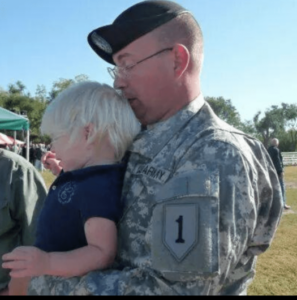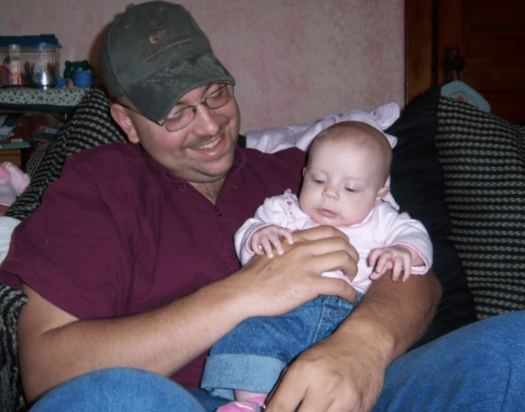by Juliann Woods, Ph.D., SLP-CCC
When parents talk about the speech and language of their children, words are often identified as the first major milestone. Parents and caregivers anxiously await and revel in the moment when a child’s first word is produced. Will it be “mama” or “dada”? There have been some friendly parental competitions and maybe even a few wagers on who gets the honor of being the first named. And sometimes, everyone is disappointed when the child names a pet, favorite toy, or frequently requested activity! First words are events to enter in baby books, share on YouTube channels, and post on Facebook for family and friends near and far. First words are memorable. They are the product of months of intricate back and forth exchanges of gaze, touch, visual attention, facial expression, motor movement, and sound play between a nurturing adult ready and waiting to engage and encourage the child to attend to what is happening in their environment. These bidirectional interactions, as commonplace and simple as they are, serve not only as the precursors for the words to come but can also be communicative in their own right. Dad responds to his son’s cries by preparing a bottle knowing, by the sound, that he is hungry. Mom continues a game of peek-a-boo when her baby squeals and kicks her legs. Cries and squeals are not words, but rather crucial signals that teach the child the power of communication with others!
Getting to those first words is not straightforward for all children. Supporting early communication signals can build a strong foundation for later language development. My oldest son’s first word certainly did not win any parental competition. It occurred around his first birthday and was his own unique consonant-vowel variation of “vroom” – the sounds he made when he drove his favorite Matchbox cars. He never went anywhere without a fist full of cars ready to drive on any available surface with toddler enthusiasm complete with sound effects. We heard his first word frequently and intentionally; we knew the meaning for sure. Mama and Dada came later. As an early intervention SLP, I would have enjoyed a “wonder talker” for my first child, but he continued to develop his words slowly – relying on his amazing motor skills to get what he wanted without needing words. Of course, his first two-word combination was “car go” repeated over and over as he drove his Hot Wheels on the back deck. After age two, words and word combinations increased and conversations expanded but the topics continued to focus on cars and trucks for many years to come!
I remember these word worthy events as a mom and an early intervention SLP. I asked myself (and everyone I worked with), “Is he developing typically?” I knew the answer but definitely appreciated the reassurance of my books, colleagues, veteran mothers, and extended family. Knowing the importance of early communication for later language development and the importance of language for academic success, I wanted him to talk, play with others, tell stories and share his ideas. He drove my ambition to support children and their families to communicate.

I am excited for the opportunity to share one of the greatest joys of early childhood – learning to talk and then talking to learn! I am especially pleased to have this opportunity to participate in OneOp because that son I mentioned earlier was in the military when his daughter was born. For part of her early communication developing years, he was deployed to Iraq. Communication becomes even more precious from a distance. Interactions such as coaxing a smile during a tickle game or offering a comforting kiss on the head in the Missouri heat not only built the foundations for her future first words but also for a relationship interrupted by military assignments. Communication takes on a whole new meaning for families in the military. These responsive interactions served as conversation starters and memories to discuss across the distance.
Images used with permission, J. Woods













